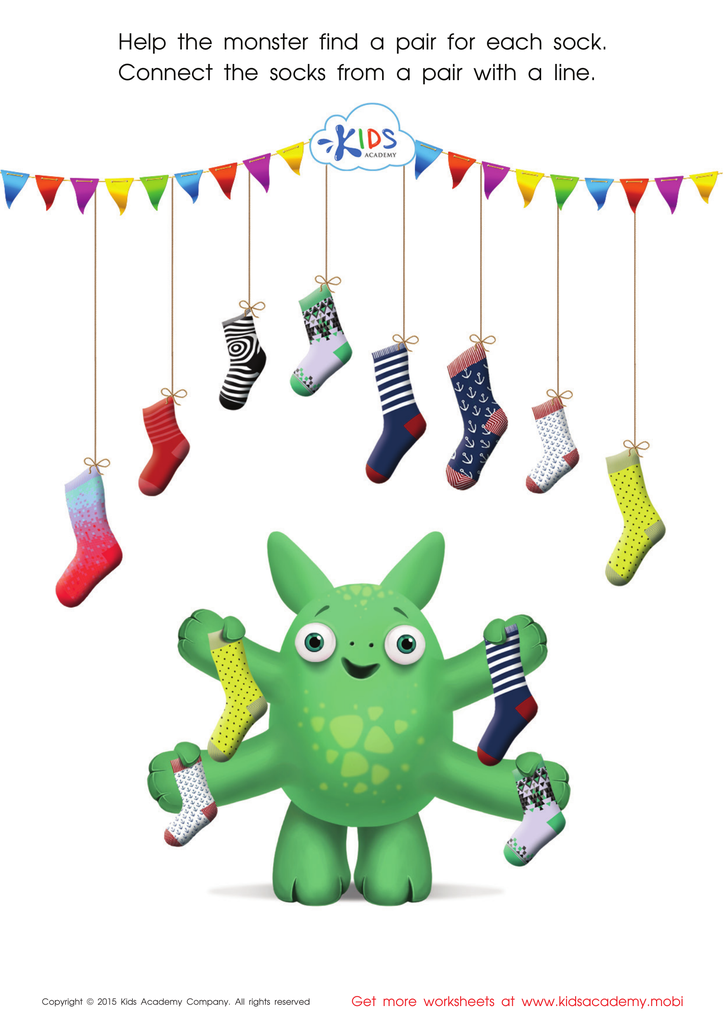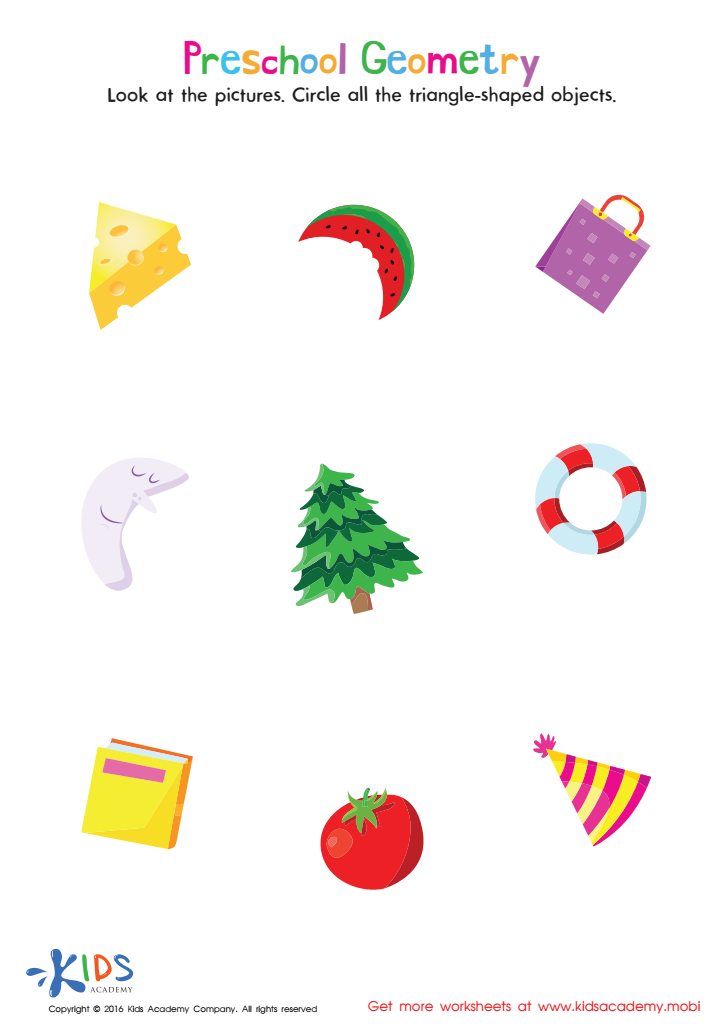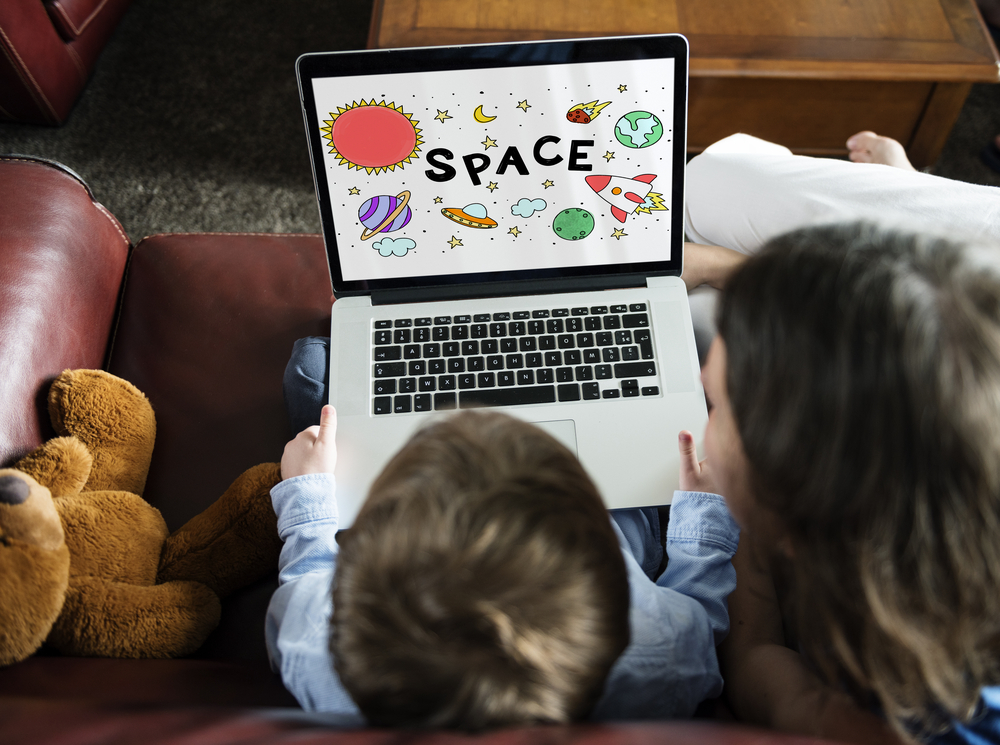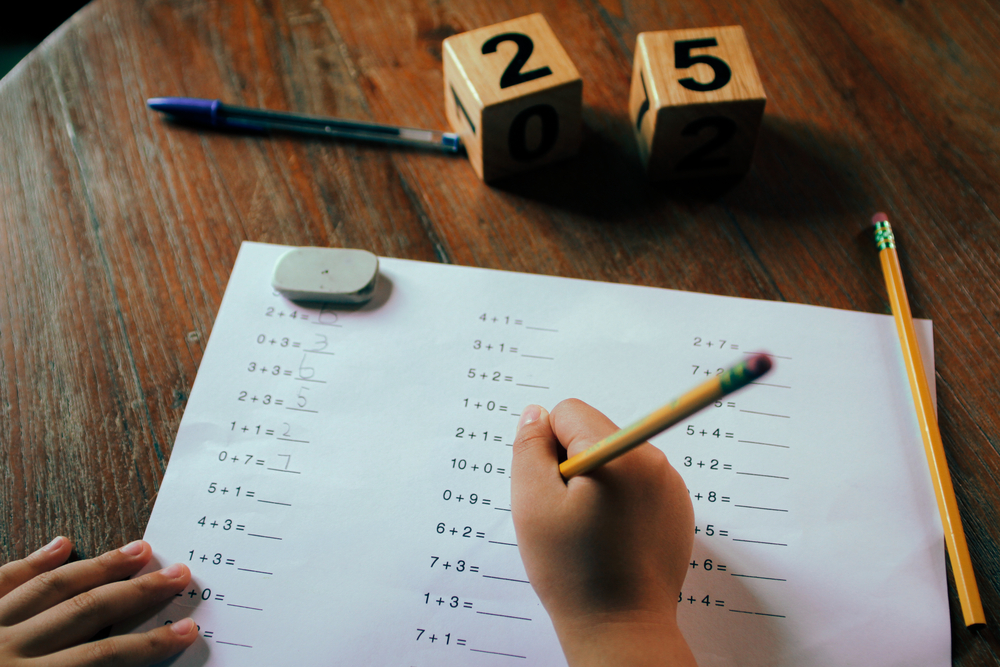Color differentiation Math Worksheets for Ages 4-6
3 filtered results
-
From - To
Discover our engaging "Color Differentiation Math Worksheets" designed specifically for children aged 4-6. These worksheets combine vibrant visuals with essential math skills, helping young learners recognize and differentiate colors while building their counting and sorting abilities. Each activity is crafted to spark creativity and enhance cognitive development, making math a fun and interactive experience. With easy-to-follow instructions, parents and teachers can guide children as they explore colors in various exercises. Our resources are perfect for strengthening foundational math skills while fostering a love for learning. Download now to inspire your little ones and make learning both colorful and enjoyable!


Let's Look! Part 2 Worksheet


Math Matching Pairs Game: Monsterв's Socks Worksheet
Color differentiation in math for children aged 4-6 is an essential developmental tool that enhances learning and cognitive skills. By incorporating colors into mathematical concepts, parents and teachers can make abstract ideas more tangible and engaging for young learners. Color differentiation helps children categorize and identify patterns, which lays the groundwork for foundational math skills such as sorting, counting, and simple operations.
At this age, children's brains are highly receptive to visual stimuli. Using colors not only captures their attention but also aids in memory retention and recall. For instance, teaching addition and subtraction with colored objects enables children to visualize quantities and operations, making math feel less intimidating and more accessible.
Furthermore, color differentiation promotes social skills, as children often work in groups during these activities. Collaborating to solve problems using colors encourages communication and teamwork. It's also a way to celebrate diversity in learning styles—some children may grasp concepts better through visual learning, while others may thrive with tactile or auditory methods.
In summary, color differentiation in math supports cognitive development, enhances engagement, facilitates social interaction, and creates a joyful learning environment—making it a valuable strategy for early childhood education.
 Assign to My Students
Assign to My Students





















